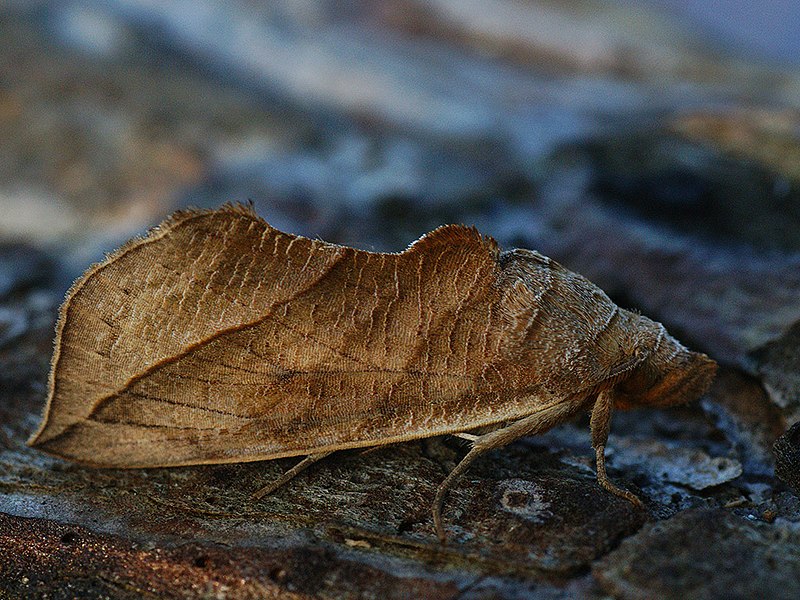Vampire Moth Facts
- The term Vampire Moth applies to a genus consisting of eighteen species of moth, each of which shares a unique attribute.
- Each member of this rather amazing genus, in addition to other sources of food, also sometimes feeds on the blood of vertebrates.
- The various species evolved in different parts of the world, but some have been migrating to other regions in recent years.
- Meanwhile, the precise reason for this has yet to be determined. However, climate change remains a leading candidate for the cause.
Related Articles
Vampire Moth Physical Description
Given than the term Vampire Moth applies to eighteen different species, physical appearance rather naturally varies.
However, some general physical characteristics do seem to apply to the various forms of Vampire Moth.
Most have a wingspan of between 1.18 – 1.97 in (30 – 50 mm), making all of the forms of this invertebrate rather small in size.
In addition, colors understandably vary, due to camouflage needs of each species in its native environment.
However, most individuals usually range in color from a light yellow to varying shades of brown, with no noticeable sexual dimorphism.
- Kingdom: Animalia
- Phylum: Euarthropoda
- Class: Insecta
- Order: Lepidoptera
- Family: Erebidae
- Genus: Calyptra
Vampire Moth Distribution, Habitat, and Ecology
The varying forms of Vampire Moth also inhabit widely scattered regions, yet the majority occur in North America, Europe, and Asia.
Rather understandably, the various species prefer to inhabit warm regions with moderate to dense plant concentrations.
Furthermore, this typically includes forests, meadows, glens, man-made parks, and also the yards of individual homes.
The invertebrate most commonly feeds on the juices of various local fruits, using its rather powerful proboscis.
However, this unusual creature will also feed on the blood of various invertebrates, including humans.
Although its bite poses no known health risks, those who have experienced it rate the level of discomfort as greater than that of a mosquito.
Species Sharing Its Range
Check out our other articles on Pocket Shark, Ol Doinyo Lengai, Ghost Mantis, Pewits Nest, Giant Hogweed, Olive Ridley Sea Turtle, Vietnamese Mossy Frog, Oilbird, Eurasian Brown Bear

